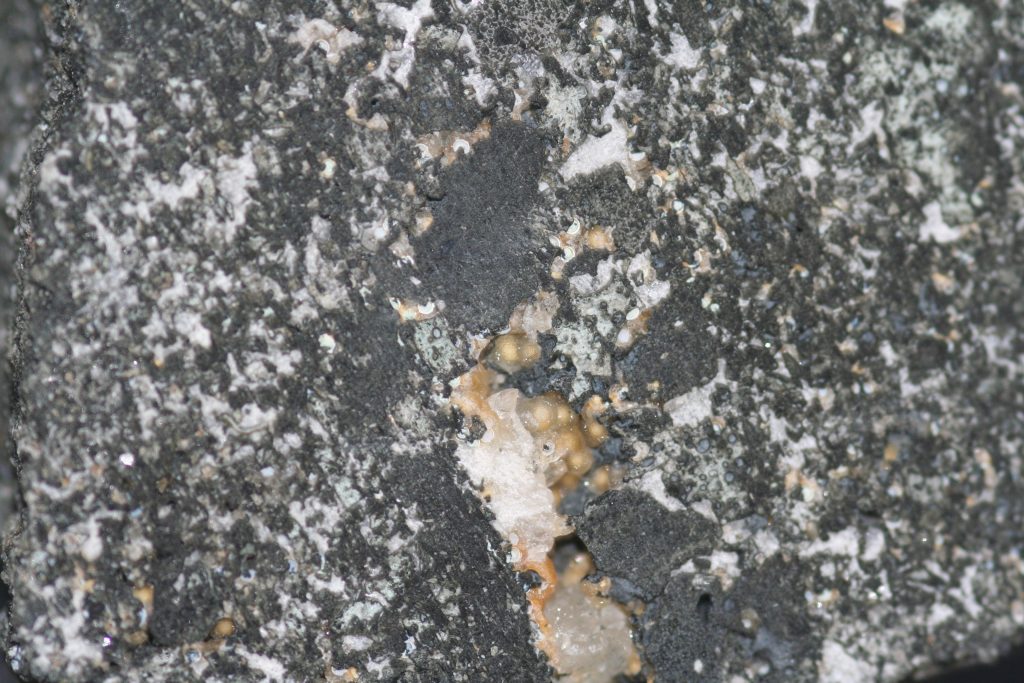
Microfossils to plate tectonics
The main purpose during the Shatsky Rise expedition is to determine the age of the rise and to see, if possible, whether the rise fits the plume head hypothesis regarding its formation.
To do this, scientists aboard the JR are recovering core samples and attempting to age the rocks and see if it’s possible to determine a chronological order from top to bottom of the rock layers at the Shatsky Rise formation. The ultimate goal is to determine the evolution of the tectonic formation over vast distances, as Will Sager pointed out, many Connecticuts stung together.
How to do this? By drilling holes a few tens of centimeters across and looking at these rocks and their vertical layerings. What is the nature of these rock formations, how old are they, how did they form, and how did they come to be where they are? All these questions must be answered at the microscopic level. The science behind this procedure has been in development over the past several decades, and is still a part of trial and error. The challenge of the problem is what attracts scientists to pursue this kind of career; I hope those of you reading will also be intrigued by the challenge and hope to join such an exciting career.